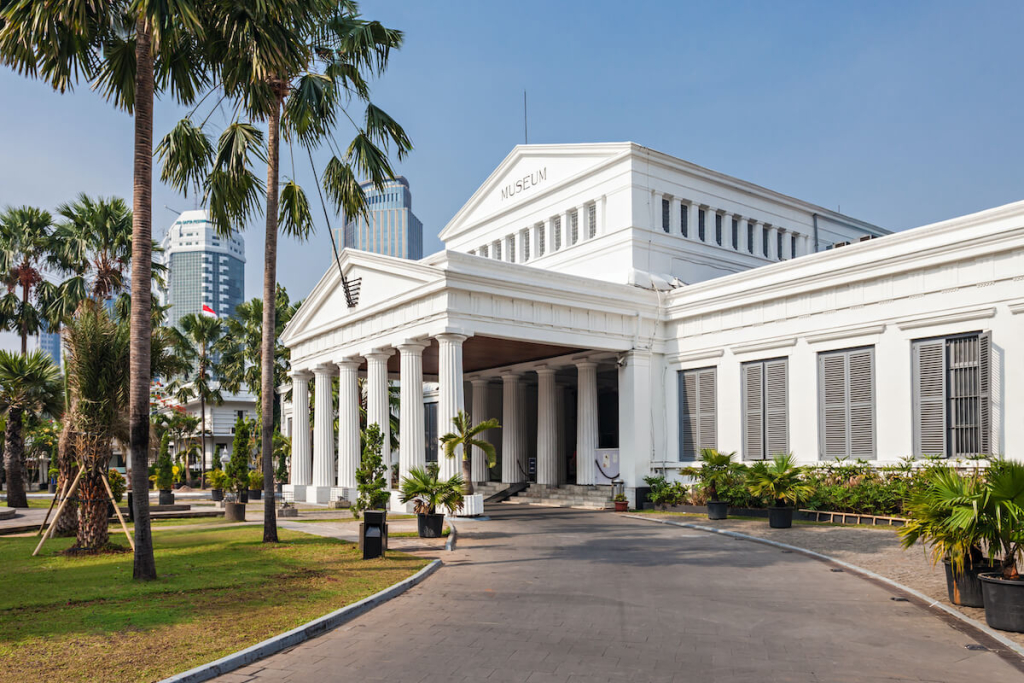
Philippine Museum
History is a collection of stories: tales of good and bad times and a list of dates, names, images, and details. The human race has spent significant time uncovering all the secrets, knowing its key players, and learning its lessons. From hours of reading to excavating substantial locations, people have seen the importance of learning it, knowing that the country’s past helps us understand our culture better and can guide our society to deal with new problems the Filipino way.
Despite all this, it remains primarily taken for granted. More so than other practical subjects, history has become one of the subjects Filipinos remember the least. From not knowing who GomBurZa is to needing help to discern what revisionism is from fact, learning the truth has never been more critical, especially now that young learners are exposed to less of it.
Despite history being removed from the curricula of the next generation of Filipinos, there are still avenues where one can learn independently. The existence and operation of libraries give hope to keeping history alive, as well as stunning historic parks, even walking tours such as the ones dedicated to Intramuros and Chinoy heritage, and the home of history: museums.
Apart from commemorating material proof, museums are repositories for relics from bygone eras. From cave drawings made in the monolithic period to Apolinario Mabini’s chair, these artifacts serve as learning points for everyone about history and culture. To celebrate the importance of learning our history, here are some branches of the National Museum of the Philippines (NMP) that every seeker of knowledge can visit this History Month:
LUZON
National Museum Complex – Manila
Three Museums in One Complex
Starting the list with the most obvious: the largest museum in the Philippines and one of the largest in Southeast Asia, the National Museum Complex. The infrastructure houses three museums: one for the fine arts, natural history, and anthropology. All sporting neoclassical architectural style, the museums welcome visitors in their facades supported by tall columns and marbled floors, providing a sense of grandeur you will be venturing into.
National Museum of Fine Arts
Are you looking to appreciate history through the evolution of culture? Be sure to visit the National Museum of Fine Arts. Opened in 1998, the former legislative building hosts artworks by renowned Filipino artists such as Juan Luna, Guillermo Tolentino, Félix Ressurección Hidalgo, and Vicente Silva Manansala.
Not only does it feature some of the most outstanding Filipino artworks in history, but the museum building itself has also seen its fair share of historic events. In 1945, the building was among the casualties of World War II when the Japanese bombed the city of Manila. After the war, the U.S. Philippine War Damage Corporation rebuilt the structure for use as the House of Congress.
It was eventually renamed during the 1972 Martial Law into the Executive House, with numerous government offices calling the building home for a time, such as the Prime Minister, Ombudsman, and Sandiganbayan.
Among the famous artworks housed in the magnificent museum are Juan Luna’s storied works, such as his most famous painting, Spoliarium (1884), and the supposedly cursed Portrait of a Lady (1885) featuring his late wife Paz Pardo de Tavera; sketches and unfinished works of Fernando Amorsolo; the quadriptych initially commissioned for the entrance hall of the Philippine General Hospital, The Progress of Medicine in the Philippines by National Artist Carlos “Botong” V. Francisco; and more stunning pieces of work. Besides their socio-cultural value, these art pieces have stories worth exploring in their meaning and the tales of their provenance.
National Museum of Anthropology
When one’s artistic hunger has been satisfied, the National Museum of Anthropology lies across the street. Like the National Museum of Fine Arts, the building was also designed by Canadian-American architect Ralph Harrington Doane as the Finance Building. With over 10,000 archaeological artifacts displayed across all five floors, the museum features artifacts from the Stone Age to the Iron Age.
Among these, several exhibitions are also on display. One such showcase is the Hibla ng Lahing Filipino: The Artistry of Philippine Textiles, featuring the National Textile Collection, a library of different and colorful textiles made all over the archipelago. Apart from the actual fabrics and materials, several archival photographs from the 20th century and technology, such as the abaca backstrap loom and piña foot loom, are also on display.
Another collection features a more macabre subject matter: wooden coffins. Prehistoric Filipinos are no different from their modern counterparts regarding funeral receptacles. Ancient wooden coffins feature intricate sculptwork, usually animal motifs from various wood species.
Though seemingly ordinary, these artifacts tell various stories of how we have evolved from slinging spears to the rise of commerce. Educating us in ways more than classrooms can, these exhibits tell us how our ancestors once lived and how civilization has grown.
After contemplating how human civilization has grown and is continuously growing over the years, one can walk past the Statue of the Sentinel of Freedom at Agrifina Circle, which contains controversy and significant symbolism, and head straight to the third neo-classical building in the complex.
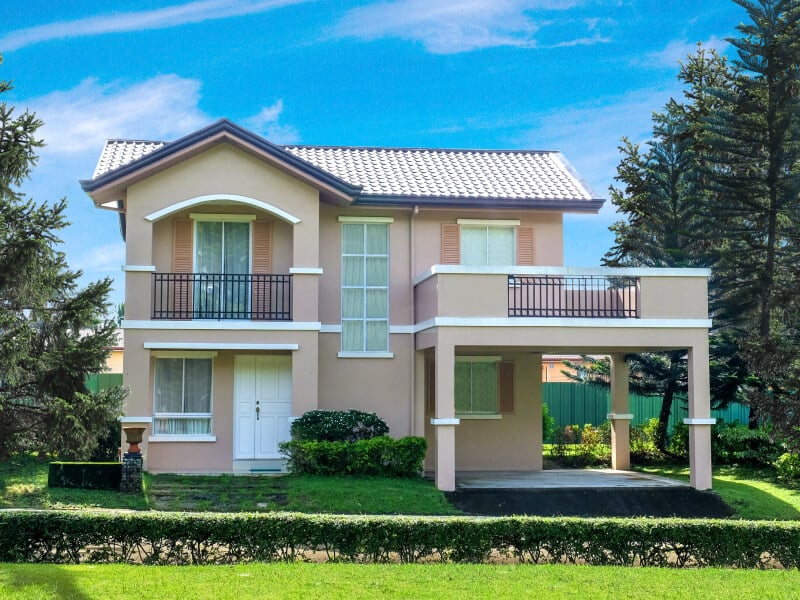
Greta
Price starts at Php 9.5M – Php 20M
Floor Area: 166 sqm.
Min. Lot Area: 143 sqm.
2-Storey Single Detach, 3 Bedrooms, 1 Master Bedroom, 1 Extra Room, Living Area, Dining Area, Kitchen, 2 Toilet and Baths, 1 Master Toilet & Bath, Balcony, Porch, 2-Car Carport
National Museum of Natural History
Formerly the Agriculture and Commerce building, the National Museum of Natural History was made as a twin to the then-Finance building, currently the National Museum of Anthropology. Officially hosting various types of geological samples, fossils of prehistoric flora and fauna such as ammonites, megalodon teeth, and the remains of extinct indigenous animals. The museum also officially acts as the custodian of holotype specimens of flora, fauna, and fossil samples.
Once inside, a white colossal steel structure will greet visitors. It stands at the heart of the museum with steel “leaves” adorning the dome, providing shade, and through its gaps, bathes the interiors in natural light. It is an artwork in and of itself that allows the museum to act as a metaphorical ecosystem under what is dubbed the “Tree of Life.”
While one might think that rocks and bones can quickly become boring, you can head straight to a couple of displays, such as two dedicated to Lolong, the world’s largest crocodile in captivity: one featuring his taxidermied skin and the other, a suspended display of his skeleton, in the Ayala Reception Hall. If that doesn’t satisfy the need for thundering lizards, replicas of ceratosaurus and tyrannosaurus rex skulls are on display on the museum’s first floor.
If underwater creatures are more your speed, one can also enter the Hyundai Hall and gaze upon the suspended skeleton of a Marinduque Sperm Whale. At the same time, an interactive exhibit awaits at The Marine Realm, where digital sealife litter the floor as they scatter away from your steps. Included in this exhibit are replicas of rays, sharks, corals, turtles, and aquatic life you may have only thought could live in one’s imagination.
For those looking for a more temperate climate, the Tropical Lowland Evergreen Rainforest can be your destination of choice. Replicas and taxidermied animals fill the dipterocarp forest, from civets to fruit bats, and also teach visitors a thing or two about the forest’s products and the groups you can join to help forest preservation nationwide.
Other Noteworthy Museums in Luzon
Intramuros, Manila, Philippines
When visiting Luzon do not miss dropping by these museums that feature Philippine history and celebrates Filipino culture. Within the walled city of Intramuros is the San Agustin Church and the San Agustin Museum. Formerly known as the Museo-Biblioteca de Filipinas (Museum-Library of the Philippines), the National Library of the Philippines was established way back in 1887 by a royal order of the Spanish government but officially opened to Filipino people in 1891 at the Case Dela Moneda in Intramuros, Manila. The National Library’s prized possession is Jose Rizal’s Noli Me Tangere, El Filibusterismo, and Mi Ultimo Adios.
Manila and Makati Cities
The UST Museum located in España, Manila is considered the oldest museum in the country. The museum was instrumental in the declaration of the Main Building as a National Cultural Treasure, along with the UST Central Seminary, the Arch of the Centuries and the University’s Open Spaces. The Ayala Museum located in Makati, Manila is run privately by the Ayala Foundation and showcases archaeological, ethnographic, historical, fine arts, numismatics, and ecclesiastical exhibits.
Near Rizal Park, the Chinese Garden and the Japanese Garden, is the Museo Pambata or the Children’s Museum, located along Roxas Boulevard in Manila. Perfect for the kids and kids at heart, the Museo Pambata is a children’s interactive museum where visitors are encouraged to learn using their total senses. The museum promotes Filipino culture, children’s advocacy program, and creative educational programs that are linked to global communities.
Tuba, Benguet
Moving further up north in Luzon is the Bencab Museum which is located in Tuba, Benguet. The art museum was established in 2009 by one of Filipino masters and National artist Benedicto Cabrera, popularly known here and abroad as Bencab with a foundation managing the gallery.
Intended initially as a private museum, the four-storey Bencab museum is now open to the public and showcases the maestro’s his personal art collection comprised of his own works, Cordilleran indigenous art, indigenous women, and other various exhibits featuring works of other artists.
Are you from outside Luzon?
Top Regional Museums to Visit
The National Museum of the Philippines’ efforts to educate through multiple mediums led to the opening of regional museums. Established for the people who are otherwise unable to visit the leading institutes in Manila, the regional museums’ goal is to give the same excitement for new knowledge with different pieces on display.
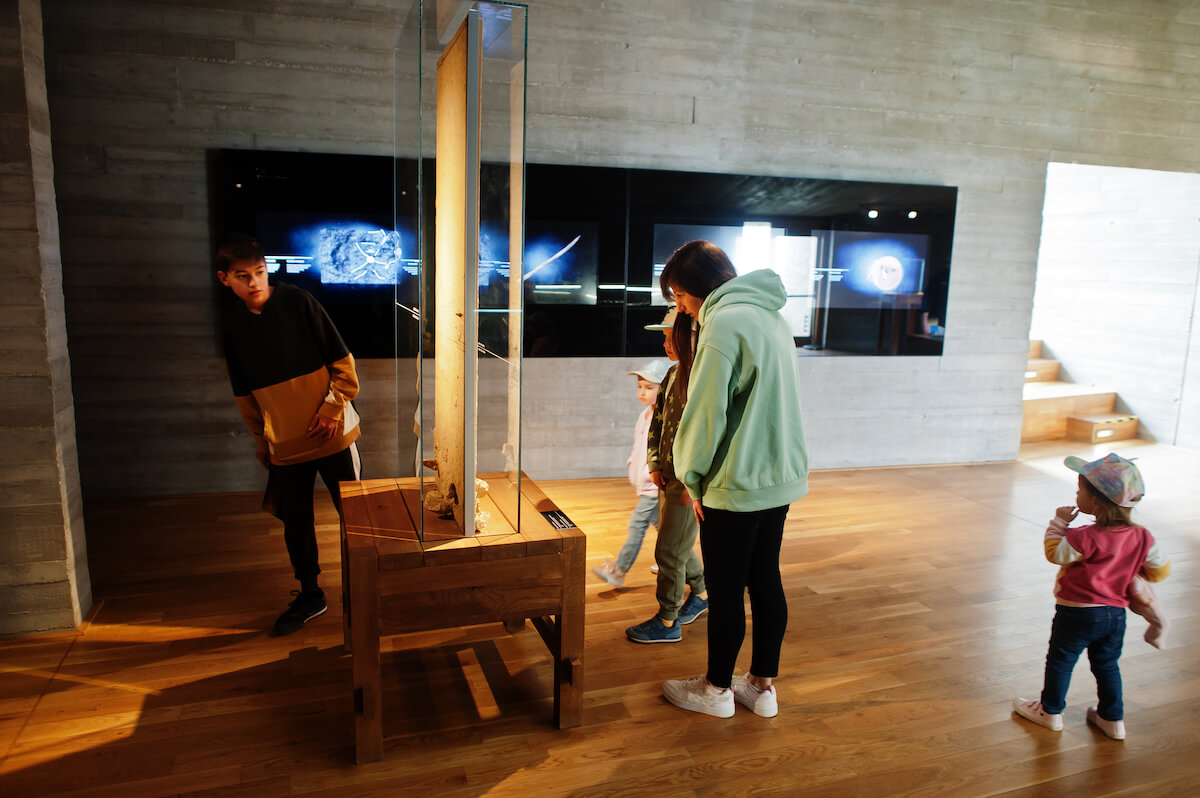
VISAYAS
National Museum Western Visayas Regional Museum – Iloilo
Iloilo Provincial Jail was one of the first American structures built in the Philippines, serving that same function until 2006. In 2016, it was declared an Important Cultural Property. The former penitentiary was designed by William Parsons, architect of the Gabaldon school buildings and Baguio’s famous The Mansion, planting itself as a structure with architectural and cultural value.
Visitors who may chance upon the museum can check out the Haból Panay permanent exhibit, which features the woven art of Western Visayas. The exhibition is divided into multiple sections, including the raw materials used in weaving, such as the silk production in Negros Occidental, the hablon weaving of Iloilo and Antique, the traditional embroidery of Panay Bukidnon, and the Bobbin lace-making of Sta. Barbara.
Temporarily gracing the halls of the museum is the Oton Death Mask gallery. The centerpiece, its namesake, is used in an ancient practice to cover the face of the recently deceased, as spirits may try to enter the body if left unmasked. Like in many cultures, the ancient people of Iloilo used gold as a symbol of social status, even in death. With supposed qualities to drive evil spirits away due to their brightness, people with high ranks were buried with as much gold as possible.
Venturing further into the museum, one can find other permanent installations on geology and paleontology and upcoming exhibits on archaeology, fine arts, and natural history centered on the region. In these, the museum aims to provide a better appreciation of the Western Visayas culture.
National Museum Bohol Regional Museum – Tagbilaran
Besides the Chocolate Hills, tarsiers, and beaches, Bohol has been significant to the fate of the Philippines since ancient times. The region opened trade to nearby countries during the Kedatuan of Bohol and Datu Sikatuna’s eventual blood compact with Miguel López de Legazpi, citing one of the first incidents of Filipino natives accepting the Spanish as allies.
This led to Bohol being one of the central locations in the country with significant ties to the Spanish occupation. The influence is also evident in its buildings; the province has numerous notable Spanish-era structures, such as the famous Church of Baclayon to the Panglao Tower and the home of the Bohol Regional Museum, the former Provincial Capitol Building.
Bohol is known for its natural resources, both living and inanimate. There is much to learn from Bohol’s ecosystem, and the museum’s Natural History Gallery does just that. With dioramas centered on Bohol’s geological and paleontological treasures and specimen samples, the gallery aims to play a role in a better understanding of the island’s evolution with snapshots of Bohol’s rich biodiversity and unique ecology.
For those wanting to learn more about Bohol’s cultural treasures, two galleries are dedicated to Bohol’s Spanish-era churches and another to the artworks of Bohol’s National Artist, Napoleon V. Abueva.
Abueva, known as the Father of Philippine Modern Sculpture, created classic pieces familiar to those who frequent UP Diliman: the Christ Crucified/Christ Resurrected crucifix, the Twelve Apostles pulpit, and the Sermon at the Mount altar at the UP Parish of the Holy Sacrifice, the University Seal at Gonzales Hall, the UP Gateway and the Tribute to Higher Education, among other sculpted art scattered all around the campus. His works are also featured in the Peninsula Manila (the Sunburst), Eternal Gardens Memorial Park (the Transfiguration), and the murals in the National Heroes Shrine at Mt. Samat, marking Abueva as a widely influential and significant artist in the three-dimensional art movement.
Featured in the exhibit are his works such as the Transfiguration, a self-portrait bust, the Abstract Family sculptures, his furniture pieces, and his former equipment, the tools that made Abueva’s art possible. With these, the former Provincial Capitol Building continues to spotlight the province’s naturally occurring and man-made treasures for all to see and appreciate.
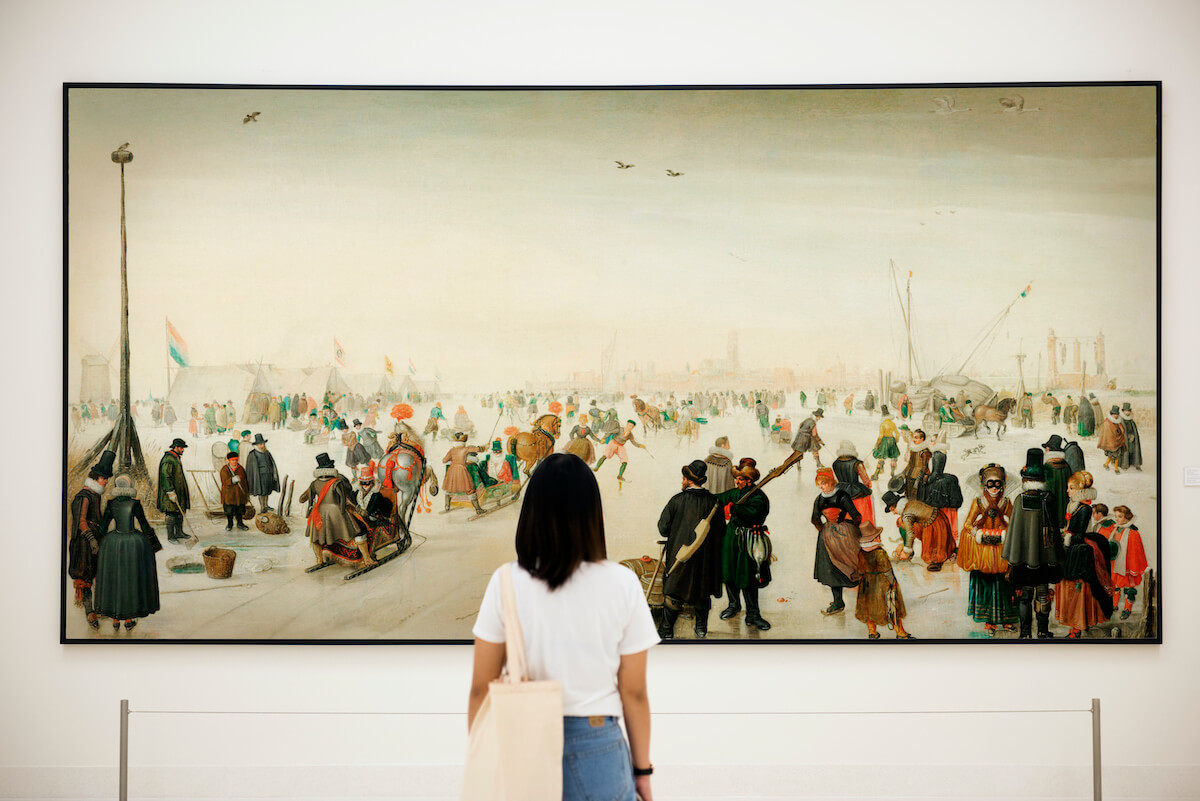
MINDANAO
National Museum Eastern-Northern Mindanao Regional Museum – Butuan
Since the accidental discovery of ancient seafaring vessels called balangay during an infrastructure project, Butuan has gained recognition as an essential part of ancient Southeast Asian trade. This was born of interaction and alliances with other cultures and prosperous commerce.
Mindanao was already a rich tapestry of culture even before the Spanish arrived in the country. Due to alliances with other sultanates in Southeast Asia and their proficiency in seafaring and naval technology, the region was able to create and adapt new practices from different cultures.
The ancient Butuanons created a culture based on gold, with mining, jewelry making, and other wares as their primary industries. This made the ancient civilization an abundant culture, astonishing even Spanish chroniclers from the West.
Since the late 20th century, more artifacts and records have been found mentioning the grandeur of old Butuan. Discoveries proved the city has a rich past, verified by the NMP and the Butuan Museum Foundation Inc. Now featured in the museum are artifacts such as the National Cultural Treasure Balangay No. 5 and the Clay Crucible.
Through the efforts of the NMP, the preservation of actual historical facts is very much alive. Even though History Month has passed, remembering and embodying the Filipino spirit, culture, and resolve will help the Filipino legacy last longer, even in more minor and intimate ways.
Visiting places of knowledge with the intent of learning and absorbing its origins, the lessons taught by the past, and the people who helped shape it can help the country be the best version of itself, one Filipino at a time.
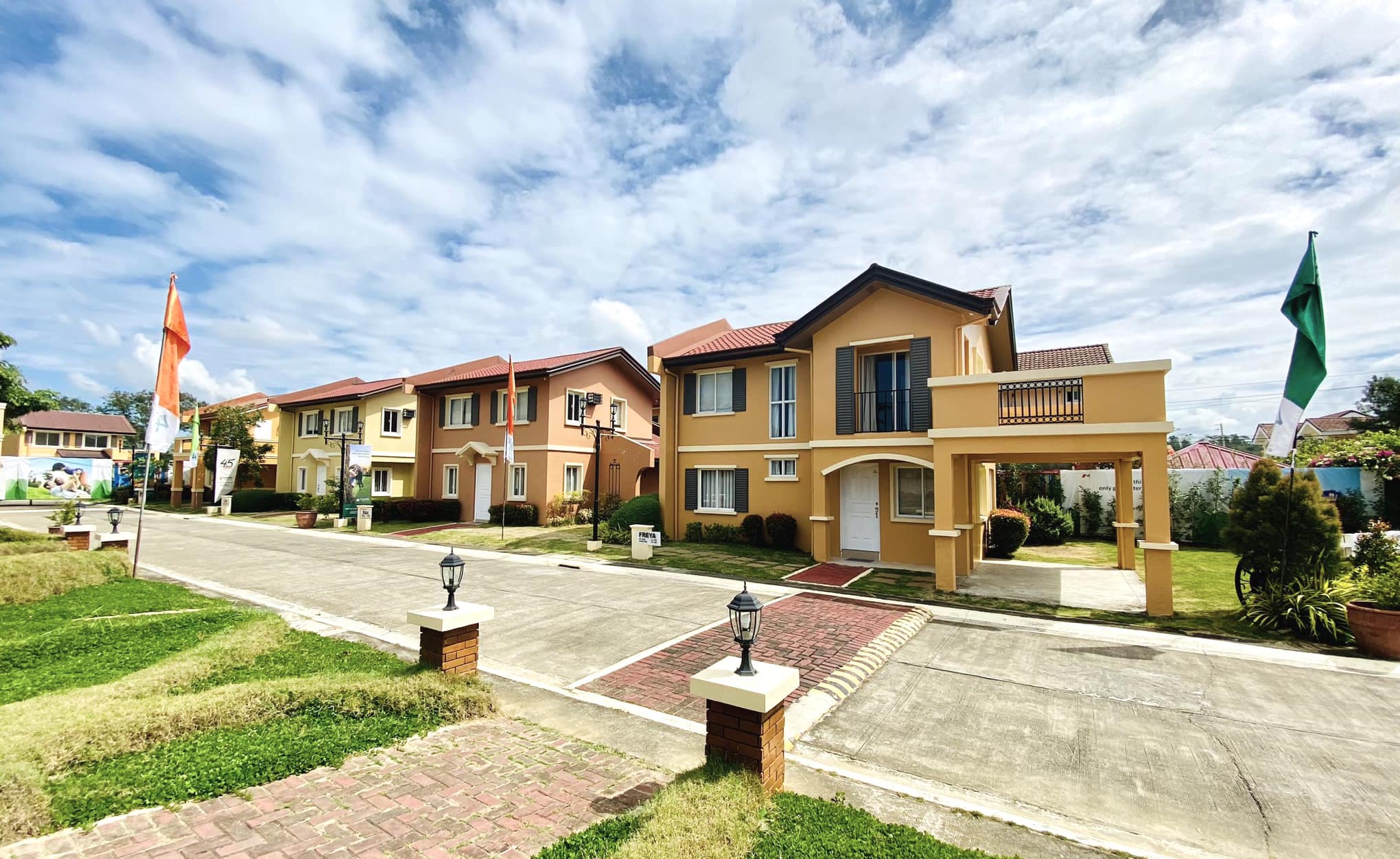
Check out our House and Lot for Sale Properties
Discover our house and lot for sale properties in the Philippines


